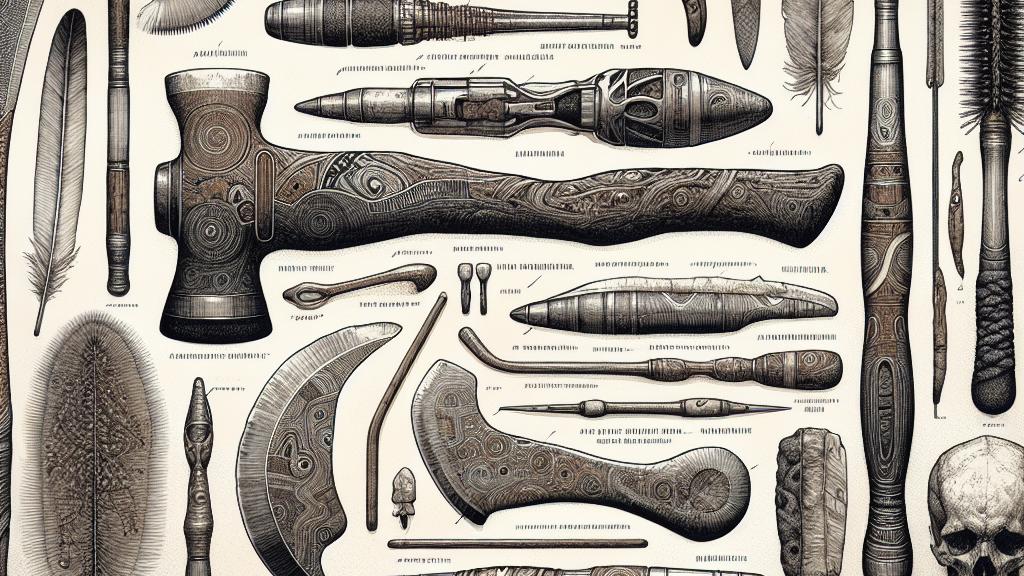Unveiling the Lethality of Indigenous Weapons Through Biomechanics
Overview
- This groundbreaking biomechanics study reveals the lethal potential of iconic Indigenous Australian weapons.
- Research highlights the efficiency and striking power of the kodj and leangle, showcasing their historical significance.
- By utilizing cutting-edge technology, the study illustrates the sophisticated design behind these ancient tools.

Location and Historical Significance
Nestled within the rich tapestry of Australia's cultural history, this pioneering biomechanics study focuses precisely on the weapons of the Indigenous Nyoongar and Wadi Wadi peoples. Among these, the kodj stands as a remarkable example, uniquely designed as a combination of hammer, axe, and poker. It has been utilized for survival and combat for over 50,000 years, effectively connecting the past with the present. Astonishingly, archaeological research has uncovered similar items from this era, illustrating the enduring legacy of these fine-crafted tools. More than mere implements, these weapons embody the ingenuity of Indigenous Australians, showcasing their ability to create functional art that tells compelling stories of their lineage and traditions.
Biomechanical Analysis of Weaponry
Delving into the mechanics of these formidable weapons, the study employs state-of-the-art biomechanics technology to meticulously assess the striking capabilities of the kodj and leangle. With the show’s host enthusiastically testing the weapons, the researchers collected vital data using wearable instruments to measure kinetic energy and striking dynamics. The results were eye-opening: while the leangle proved to be devastatingly efficient in delivering powerful blows, the kodj excelled in agility and precision, capable of inflicting serious harm with astounding control. This analysis not only sheds light on the effectiveness of these ancient designs but also illustrates the profound understanding Indigenous Australians possessed of mechanics and physics – a testament to their extraordinary craftsmanship and strategic prowess in weapon creation.
Cultural Context and Evidence of Use
These historical weapons held significance beyond their combat capabilities, intricately woven into the cultural fabric of Indigenous Australian life. Historical narratives reveal that these tools were pivotal in conflict resolution practices, where individuals faced the trial of projectiles—a grim yet fascinating social experiment. Remarkably, while injuries were common, deaths were rare. Furthermore, archaeological findings of ancient tools, along with dynamic rock art depicting these weapons, serve as windows into a time rich with tradition and storytelling. Such artifacts remind us of the profound cultural heritage and adaptability of Indigenous Australians, their legacy strewn across the very landscape of Australia, illuminating the complex interplay between culture, survival, and community throughout the ages.

Loading...